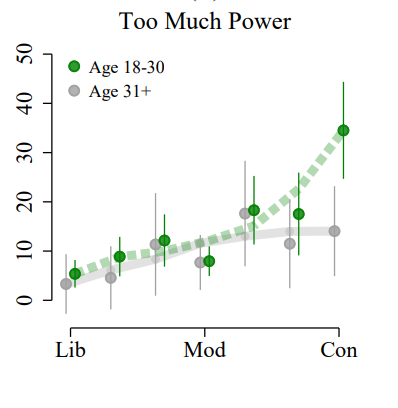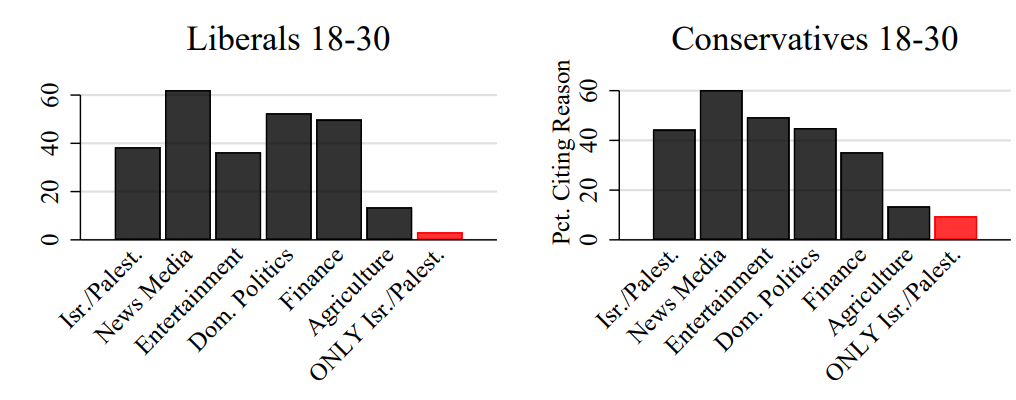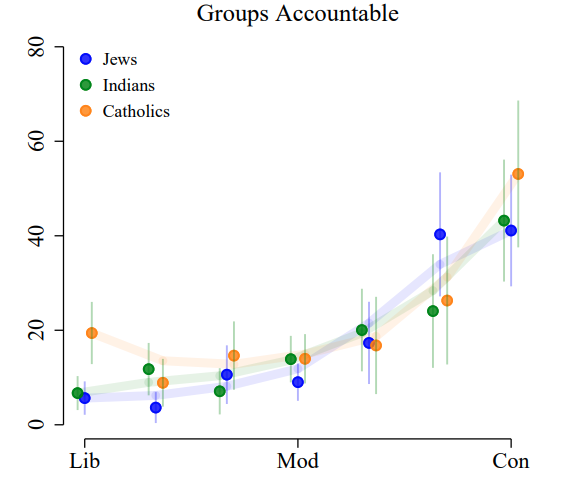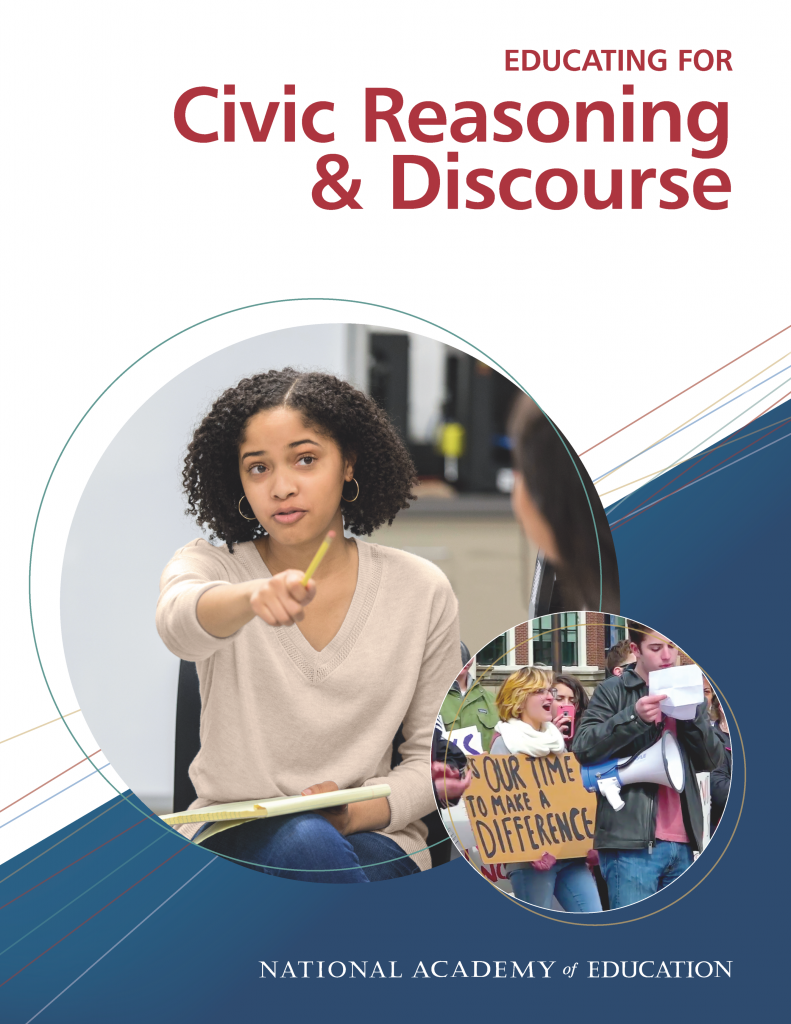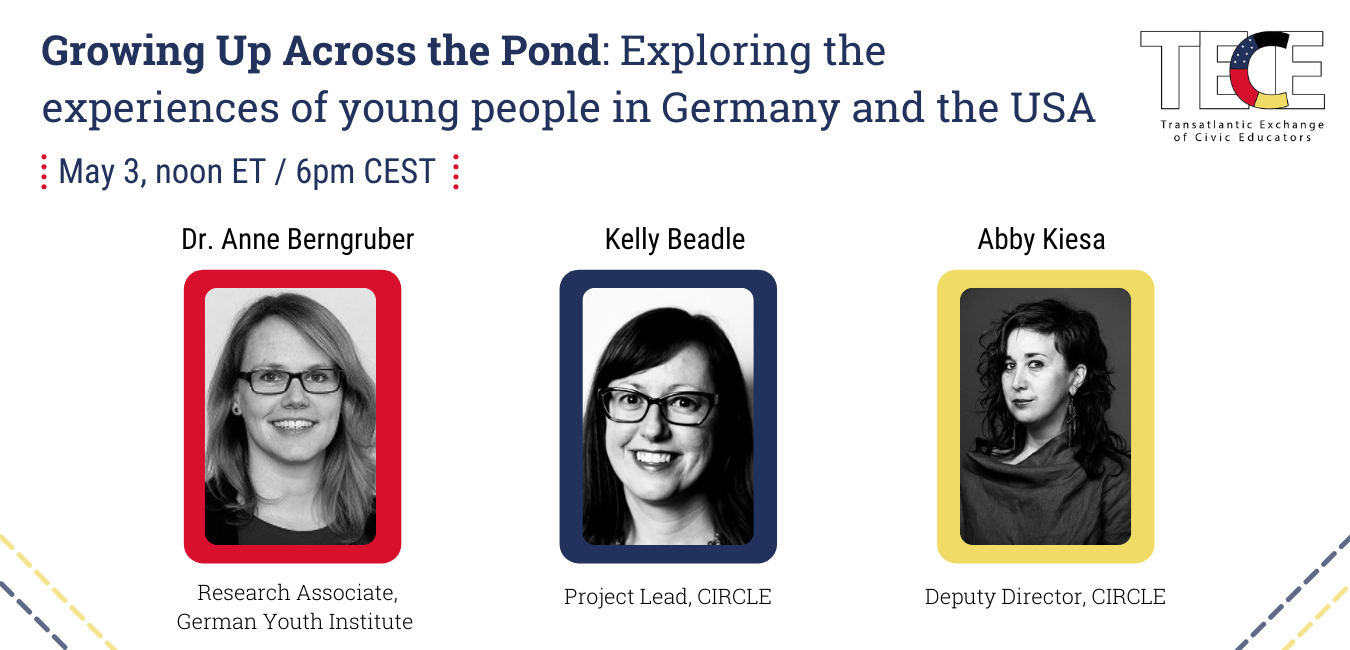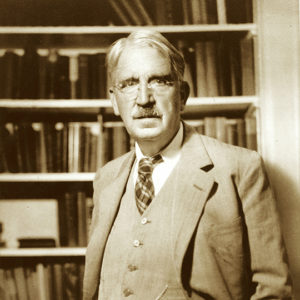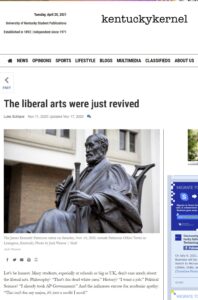From CIRCLE’s latest release, based on voter files:
We estimate that 50% of young people, ages 18-29, voted in the 2020 presidential election, a remarkable 11-point increase from 2016 (39%) and likely one of the highest rates of youth electoral participation since the voting age was lowered to 18. …
However, as is the case in every election cycle, youth voter turnout rates varied widely across the country: New Jersey (67%), Minnesota (65%), Colorado (64%) and Maine (61%) had the highest statewide youth turnout rates, while South Dakota (32%), Oklahoma (34%), Arkansas (35%), and New Mexico (39%) had the lowest. ..
Numerous interconnected factors shape whether youth electoral participation is high or low. These include the competitiveness of elections, how much (or how little) campaigns and organizations reach out to young people, the state’s civic culture and civic education policies, the demographic composition of the youth population, and state voting laws … that can either facilitate voting or pose barriers for youth. ….
Understanding the effect of electoral policies on youth turnout is especially relevant at a time when the U.S. Congress is considering HR1: For the People Act of 2021. This bill would standardize some election laws across the country and nationally establish: automatic voter registration (AVR), online voter registration (OVR), same-day or Election-Day registration (SDR), early voting, no-excuse absentee voting, pre-registration, and requirements for voter registration programming in high schools. ….
We divided states into those with a majority of the electoral policies in HR1 and those with few of the policies, and we found that, on average, states with more of these policies had higher youth turnout. States with four or more of the HR1 policies had a combined youth turnout rate of 53%, compared to 43% turnout from states with less than four policies. It appears likely that a number of policies complement each other to create a system and culture of voting that is more conducive to youth participation, and the lack of them may have the opposite effect.


